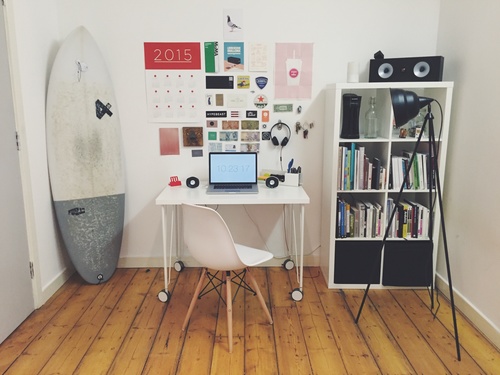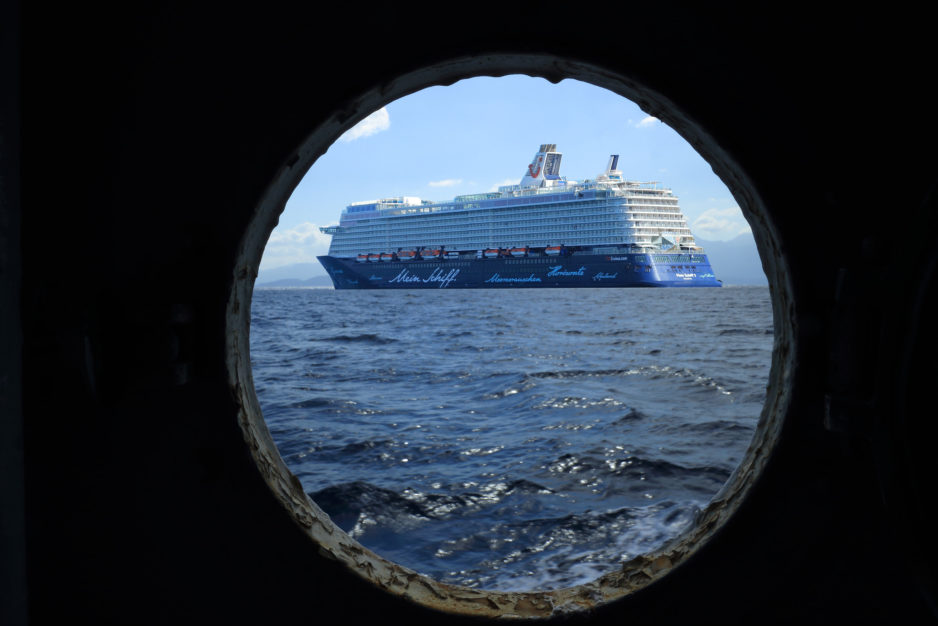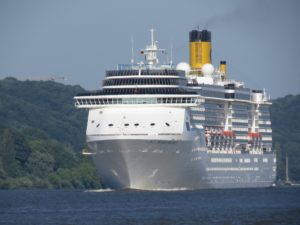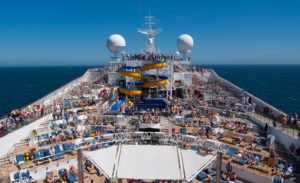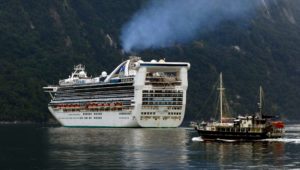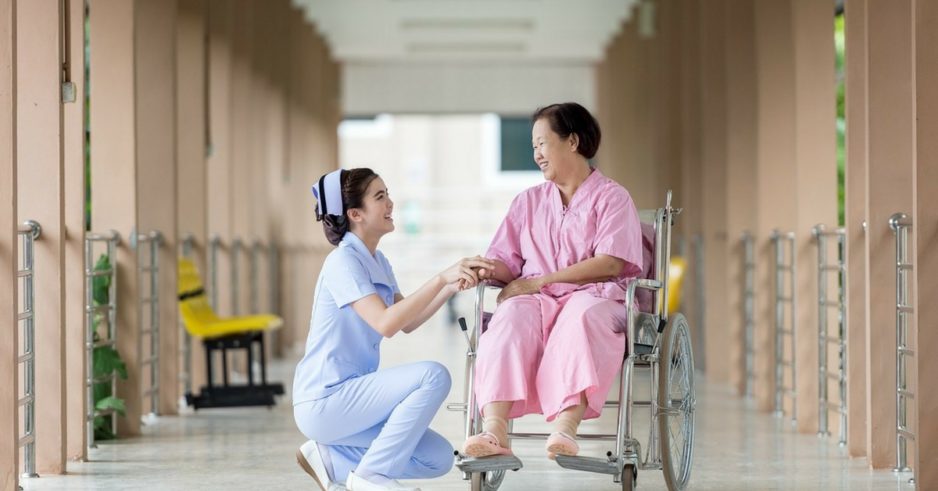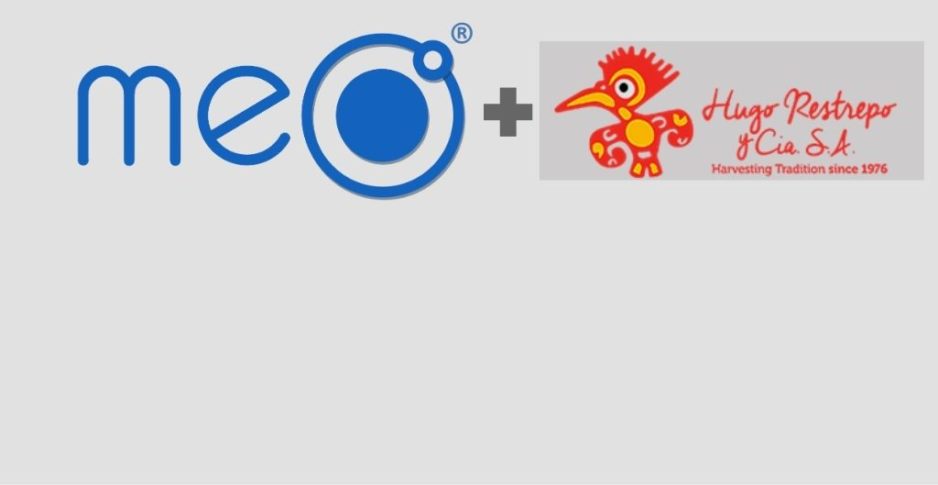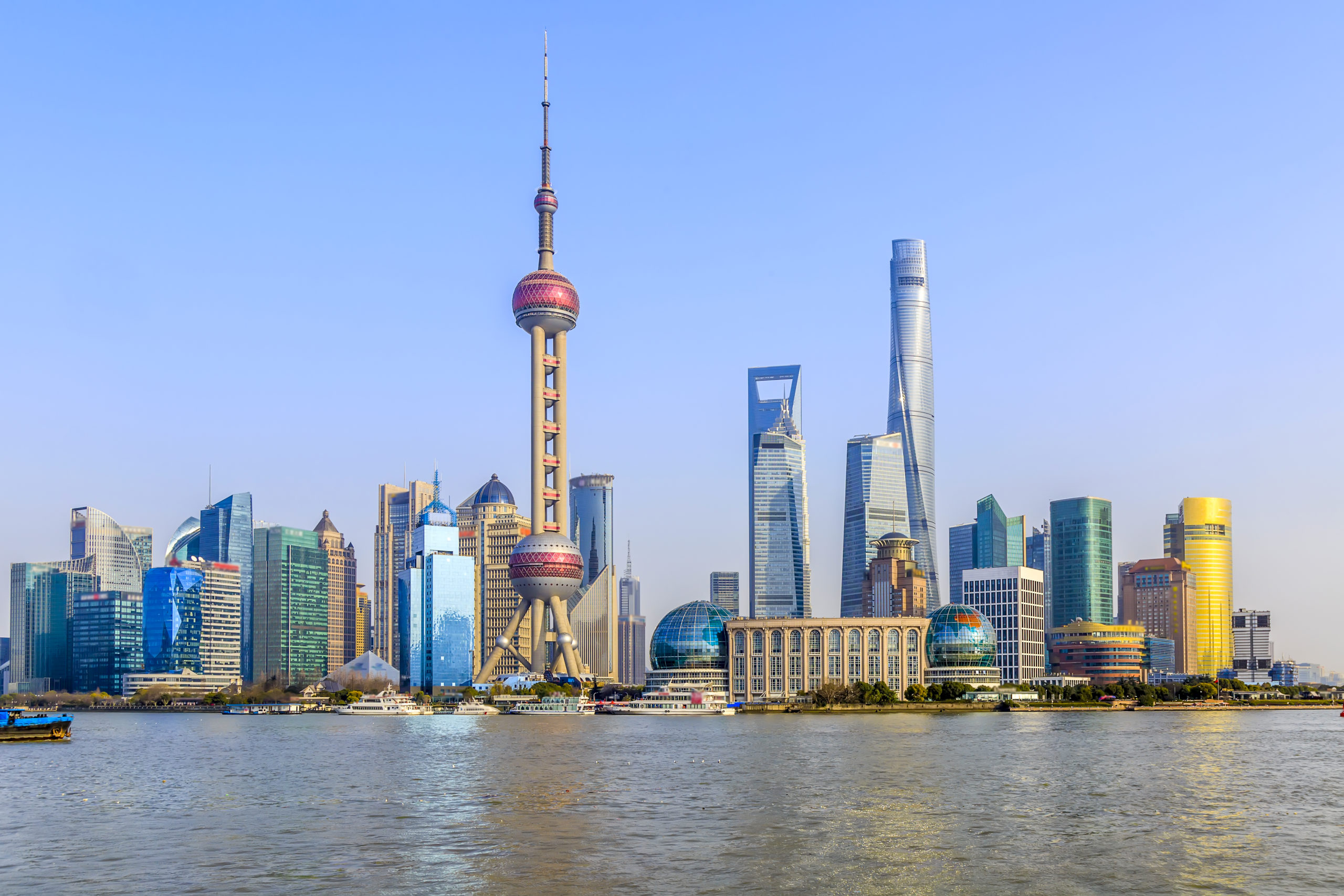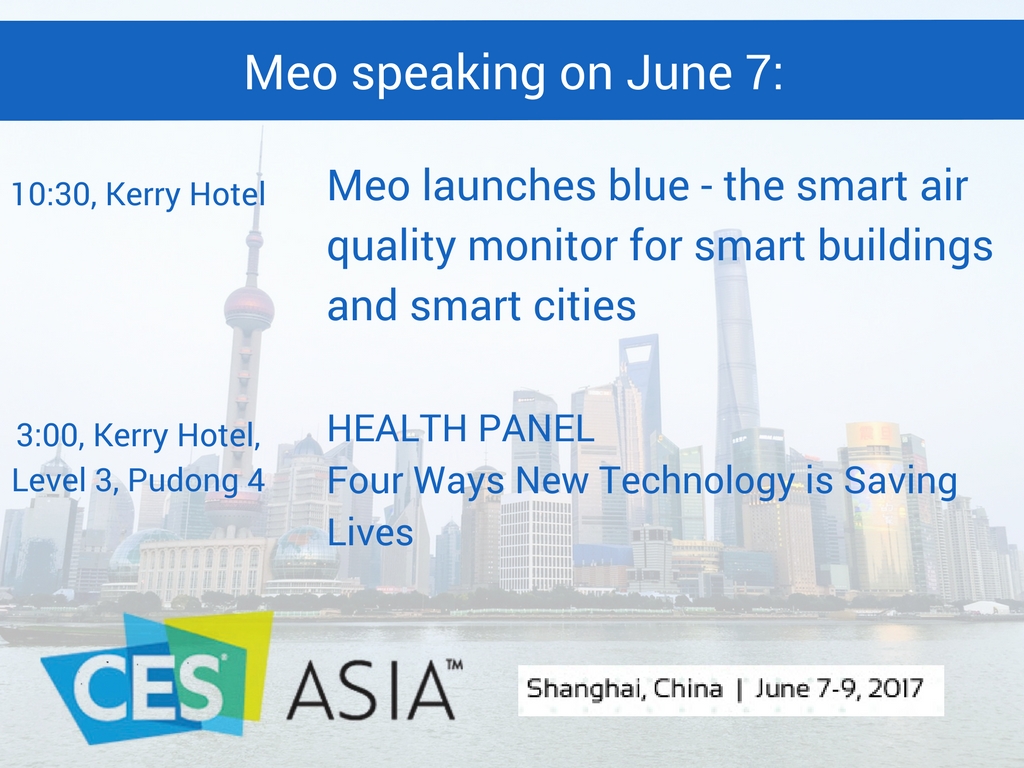Be air safe in your business
Around the world the pandemic has taken many forms. Some are working from home while others have to work in their offices. Although offices may have less people to ensure social distancing, managers and office space administrators should still take crucial steps to protect their staff. The past months of increased information about how COVID-19 spreads silently, has opened our eyes about the relevance of clean air and social practices in protecting us.
Although, outdoors is the ideal place to gather for safety purposes, offices, and shops can also minimize risk and have employees back in business with their safety as their first priority.
The following steps require to re-think the office with airflow safety in mind. We need to re-think the way we use office space and even office supplies. Understanding that clean air and clean surfaces are the ultimate goal to staff safety. A new type of health and safety plan is required focusing on: 1) infrastructure maintenance, 2) re-thinking the way we use the space, and 3) ensuring all staff members are involved in the process and understand the need for a change in the way we work and the way we safely socialize.
Start by analyzing the infrastructure and how your devices can ensure the air in the premises is safe. The Heating, Ventilation and Air Conditioning (HVAC) system needs to have the appropriate filters and they should be maintained regularly. Preferably HEPA filters should be used. If possible, outdoor air circulation should be increased; and airflow supply should be re-examined. Similarly, exhaust fans in restrooms are to be checked for performance and encourage their use at all times. This should be coupled with enhancing cleaning and disinfection at all times. Have a close look at the quality of the indoor air, it will make a difference.
Then move to conduct a hazard assessment with the COVID-19 thinking cap. Identifying areas where COVID 19 transmission could happen and how to change them. For example, the meeting rooms, cafeteria, break rooms, waiting areas and many more. This will result in necessary modifications of workstation distancing, or the use of shields to physically separate employees in all areas. And, wherever physical barriers are not possible, visual cues on the floor can help employees distance themselves. Even shifts staggering will be crucial. Also, re-think best options for high-touch communal items such as coffee pot, microwave etc.
Last but not least, develop a communication plan to adequately convey health safety messages and changes in space usage to employees. Set a protocol for employees to know when to stay home, how to work from home when they have symptoms, or when a family member has symptoms. And if possible, provide that flexibility to work from home. Use signage to remind people of key actions to reduce transmission.
Keep in mind, indoor air quality is key to employees’ health and safety!


